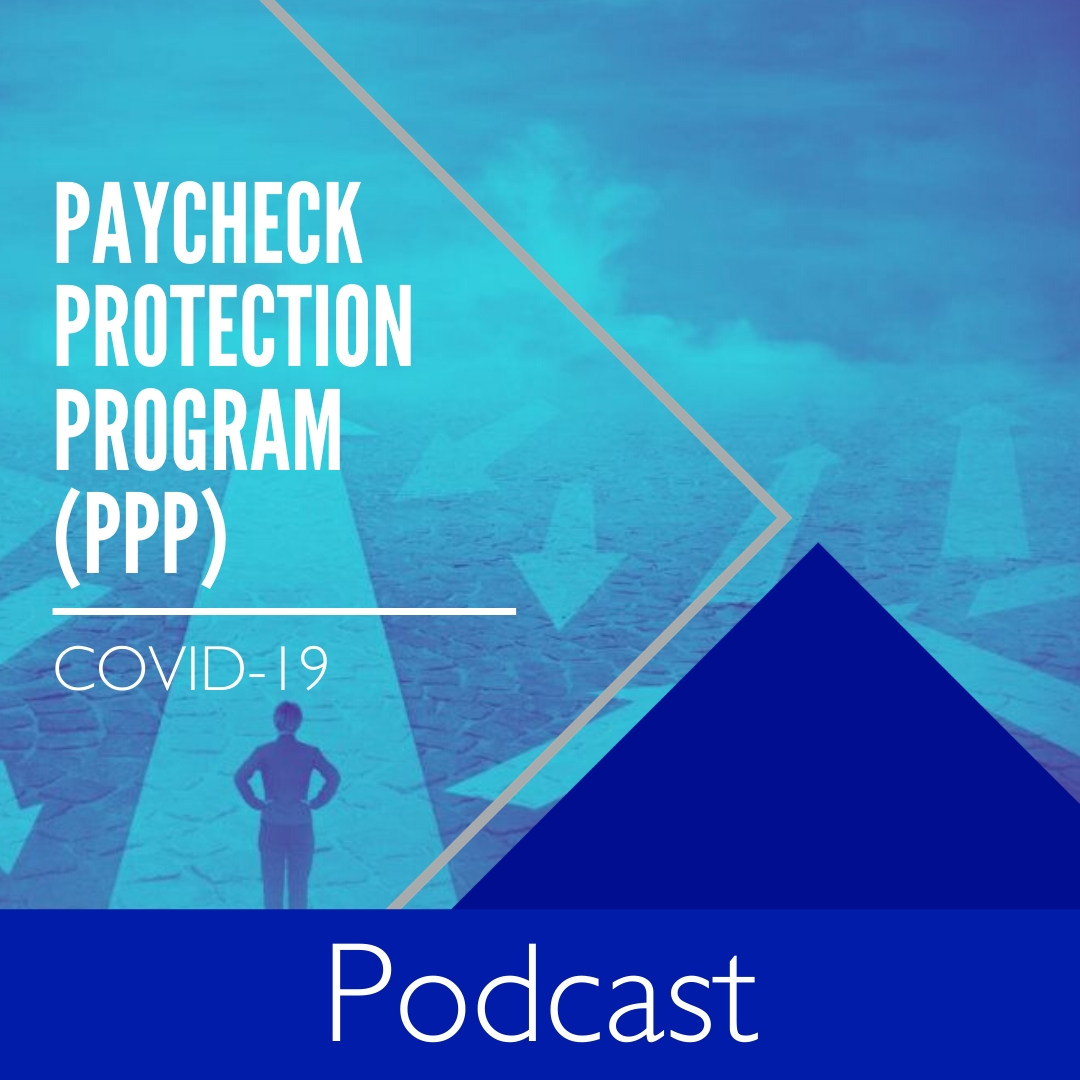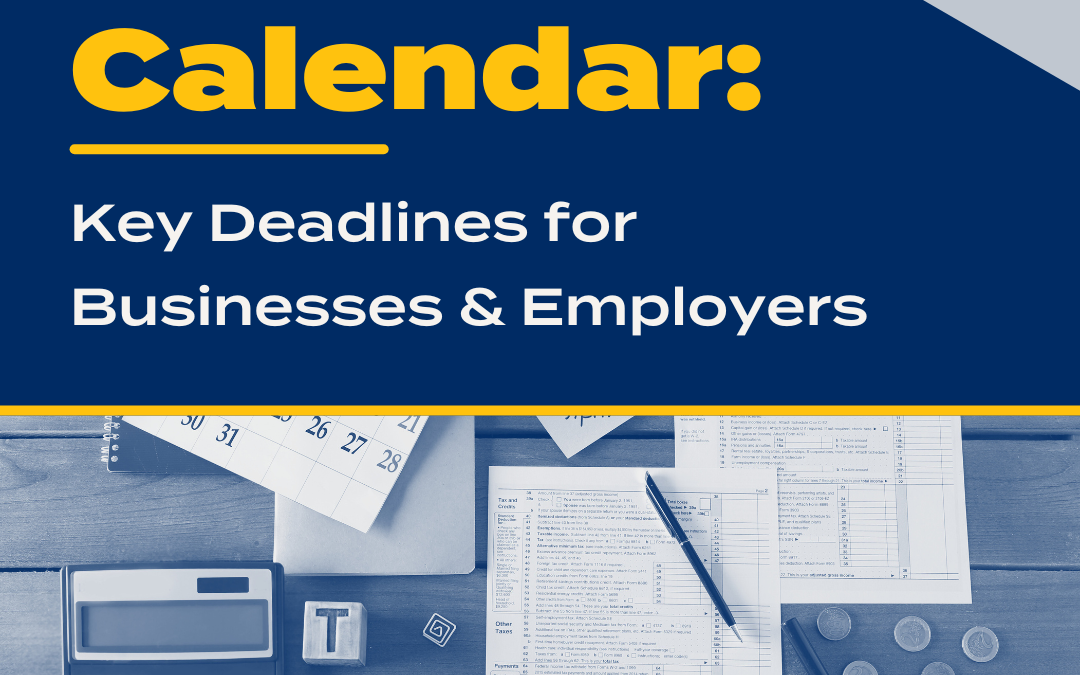We recorded this show on April 1, 2020, and things are changing daily. So this is what we know as of the time of recording.
What’s new this week with taxes and the coronavirus?
There has been a lot of talk about this new Coronavirus Aid, Relief, and Economic Security (CARES) Act that was passed last week, and it’s hard to know where to start. Many of these provisions in the act are really important, but I think one of the most important items is what’s called the Paycheck Protection Program (PPP).
So let’s start there, then. What is this PPP?
Some are referring to it by its Small Business Administration (SBA) number of “7A loans,” so if you hear any one of those three terms—Paycheck Protection, PPP or 7A—we’re all basically talking about the same thing. These loans (PPPs) are potentially forgivable loans that businesses and organizations with payroll can use to infuse cash into their companies during this difficult time.
Now, companies can start applying for these loans as of April 3, 2020—so just a day or so from now. So if you haven’t heard anything about this from your accountants or your bankers, you definitely want to get in touch with them, make sure you’re on their radar and get ready to apply.
Who’s actually eligible for this program?
It’s all businesses with less than 500 employees. Now, when I say “businesses,” I mean sole proprietorships, self-employed individuals and independent contractors, but I also mean not-for-profits—501(c)(3)s, to be exact.
How large can this loan be? Do we know that answer?
We do. It’s going to obviously be different for every single business, because the loans are capped at 2 ½ months of your average payroll cost, and that average payroll cost is what you paid per month over the last 12 months. There’s a $12 million cap, which most companies aren’t going to hit. So this 2 ½ month average is made up of the following: Salary, wages, commissions, company-paid retirement benefits and the company portion of health insurance.
Now, in regard to the salaries, you can include in this calculation salaries up to $100,000 per employee. So for example, let’s say that your total payroll expenses were about $240,000 over the last year. Dividing by 12 [months], this is going to make a monthly average of $20,000 per month. So the maximum loan that you’d be able to get is 2 ½ times that amount, or $50,000.
So then how does this “forgiveness” part actually work?
Once the company receives the loan, they’re going to be able to accumulate certain costs over the next eight weeks—essentially eight weeks from the day they receive the loan until the end of that eight-week period. Those costs are then used to determine how much of the loan is forgiven. Now, those costs are similar to what we talked about earlier with the payroll costs, but they also include interest if you have a mortgage, rent and utilities. Now, what the Treasury is trying to avoid is people coming in and just opening up businesses just to try and get these funds. So you had to have the interest, utilities and rent before Feb. 15, 2020, in order for those expenses to qualify.
I heard that all those costs would be used for loan forgiveness in total, but you seem to be a little more cautious …?
I am. So the way that the rule is written, when you add up those costs that we just talked about, as long as you fit within all of the regulations, that whole amount should be allowable for the loan forgiveness, but I’m a little more conservative. So in this case, the Treasury hasn’t come out with total guidance on this, but they did say that due to high requests that are anticipated, they think that not more than 25 percent of the forgiven amount is going to be allowed for those non-payroll costs—those interest, rent and utilities. There is “only” $349 billion in this program, and I think that if you look over the whole United States, that’s going to get used up really quickly.
Now, I also heard that there were reductions in the forgiveness amount if you decrease the number of people that work for you, is that correct?
There is. So one of the important things to be aware of is that a lot of the reimbursement is based off of your average employees and average payroll to a certain extent—over the last 12 months. So if you have 25 percent less employees now than you did in your historical average, your forgiveness amount is going to be decreased by 25 percent. So there are things on the payroll side that you’re going to want to talk about.
So basically companies should not be banking on 100 percent forgiveness, correct?
I think that some will, but it’s always good to be conservative. But hey—if in our example earlier where you get $50,000 loan, and let’s say only $25,000 of it is forgiven, that’s still a $25,000 cash infusion into your business that you can use for expenses right now. The remaining amount of that $25,000 (if there’s anything that’s not forgiven) has to be paid back within 10 years.
Sign Up to Receive Email Updates
Be sure you’re getting the latest insights as legislative developments occur. We’re here for you with tax insights and business resources.
Sign Up Now
We Are Here for You
Contact us to talk through the challenges your business faces as you navigate through this unprecedented time. No doubt you’ll need help assessing cash flow and making smart projections, reviewing loan covenants, lining up bridge financing, talking to banks and lenders, figuring out staff loads and employee counts, handling disrupted supply chains, and so much more.
Read An Important Message from Our Firm





